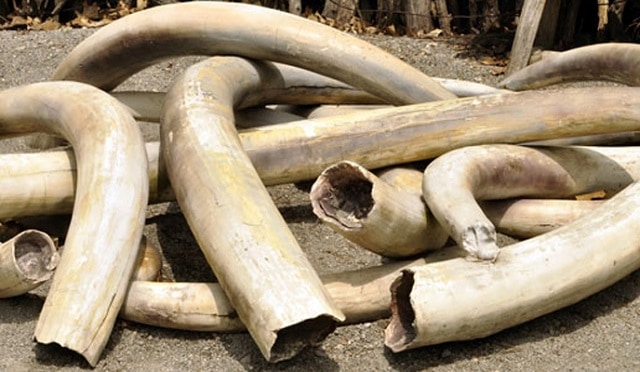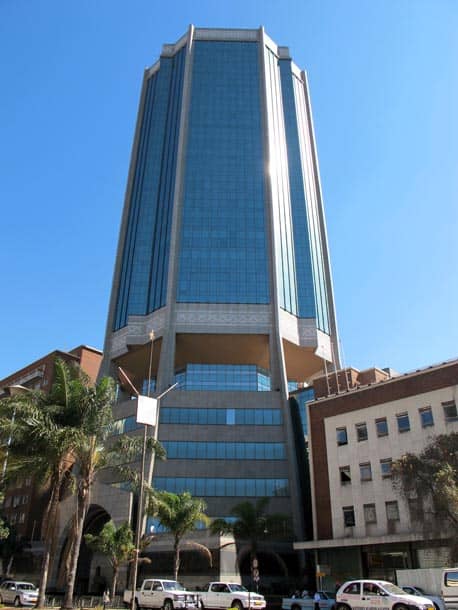European ambassadors accredited to Zimbabwe have pledged to support the country’s conservation efforts following pleas from ZimParks for assistance in selling a US$600 million ivory stockpile in Harare.
The country is appealing to the EU to assist in having the unilateral ban on ivory and rhino horn trade imposed by the Convention on International Trade in Endangered Species (CITES) lifted.
Zimbabwe is sitting on more than 136 tonnes of ivory and rhino horns worth over US$600 million, which ironically, Zimbabwe is spending resources protecting 24/7 without unlocking any value.
Meanwhile, if the ivory and rhino horn stockpiles are to be sold, the money generated could be used to support sustainable wildlife conservation for 20 years.
Recently, some of the Western countries’ ambassadors toured the ZimParks ivory stockpile in Harare for them to get an appreciation of the situation.
Last week, ZimParks said they were expecting ambassadors from the United States, Canada, Sweden, Switzerland, Germany, Australia, France, United Kingdom, the European Union and Japan to view the stockpiles.
The ambassadors were given an overall presentation by ZimParks Director General, Dr Fulton Mangwanya, who made an impassioned plea on the need to have the CITES ban lifted.
When elephants are protected, many other wildlife species are also protected as elephants are a keystone species with huge home ranges straddling multiple land use areas, ecologically connecting landscapes.
“If we can unlock the value of the stockpile, all proceeds will go towards implementation of the National Elephant Management Plan covering conservation measures and initiatives aimed at enhancing protection of elephants inside protected areas where approximately 90 percent of the population is found and also in Communal Areas Management Programme for Indigenous Resources (CAMPFIRE) areas where the remainder roams wild and free.
“Since the elephants rely on habitat components beyond the protected area, we need to make a lot of investments to support local communities that are bearing the brunt of living with dangerous wildlife for wildlife to remain a viable land use option through the community lense as they have the power to support elephant conservation outside protected areas, including movement corridors or converting such landscapes into more fragmented and unviable habitat for wildlife.“This is why the CAMPFIRE programme is a priority for us,” he said recently.
Zwnews














